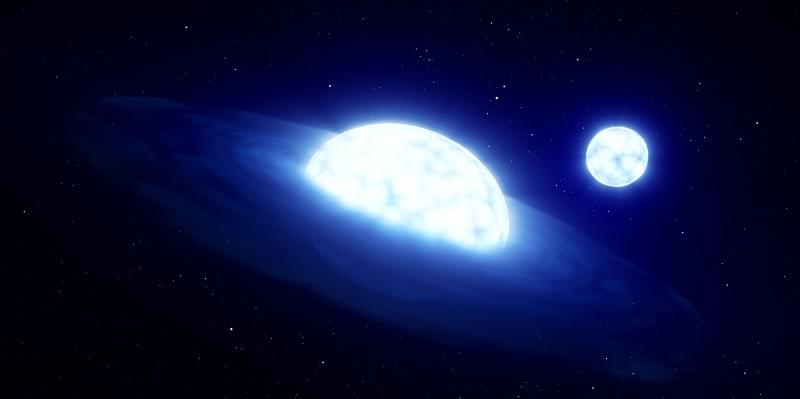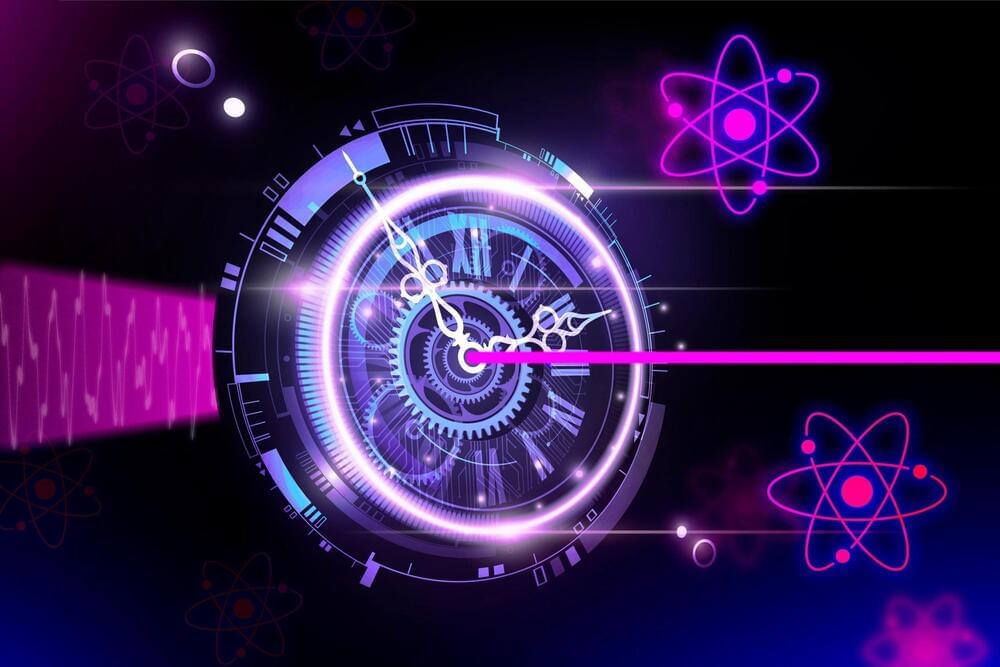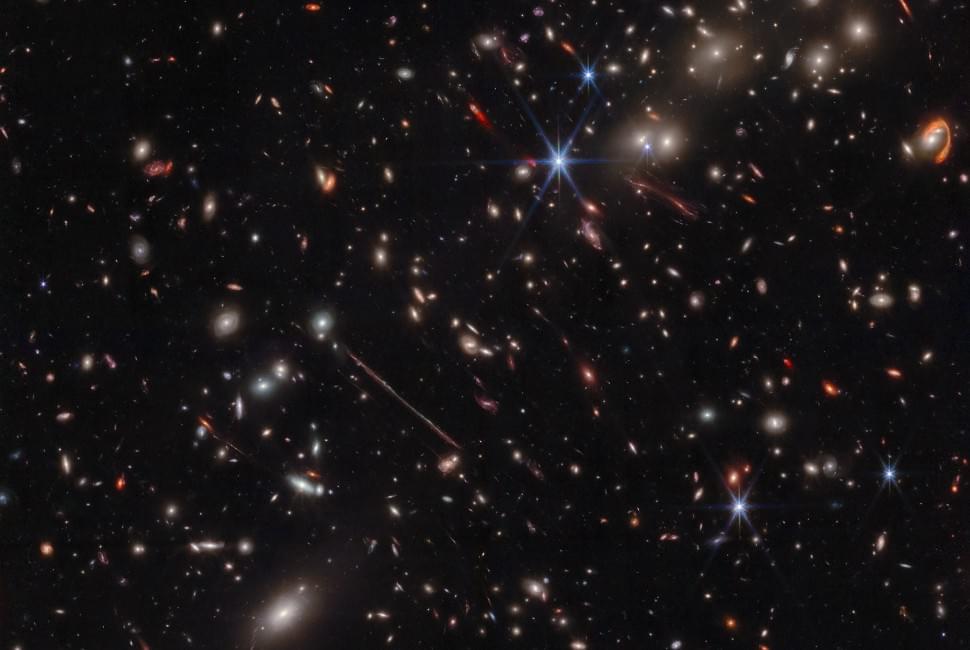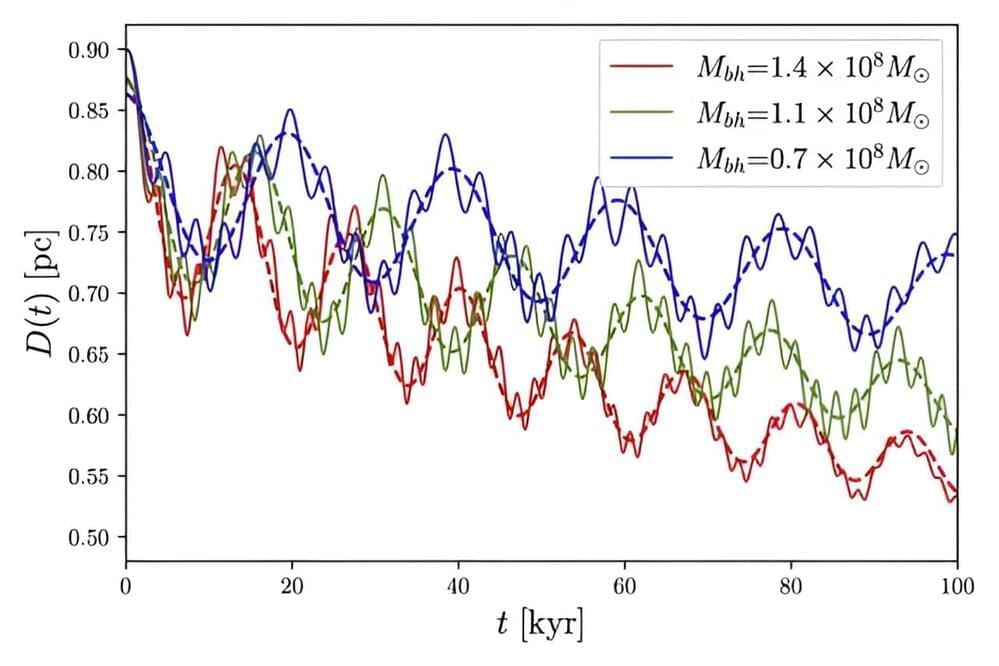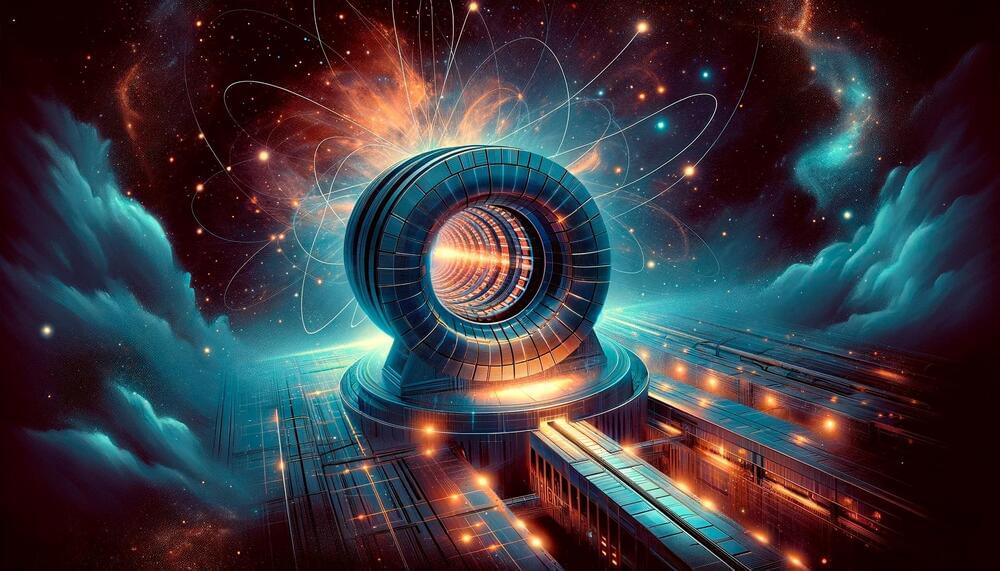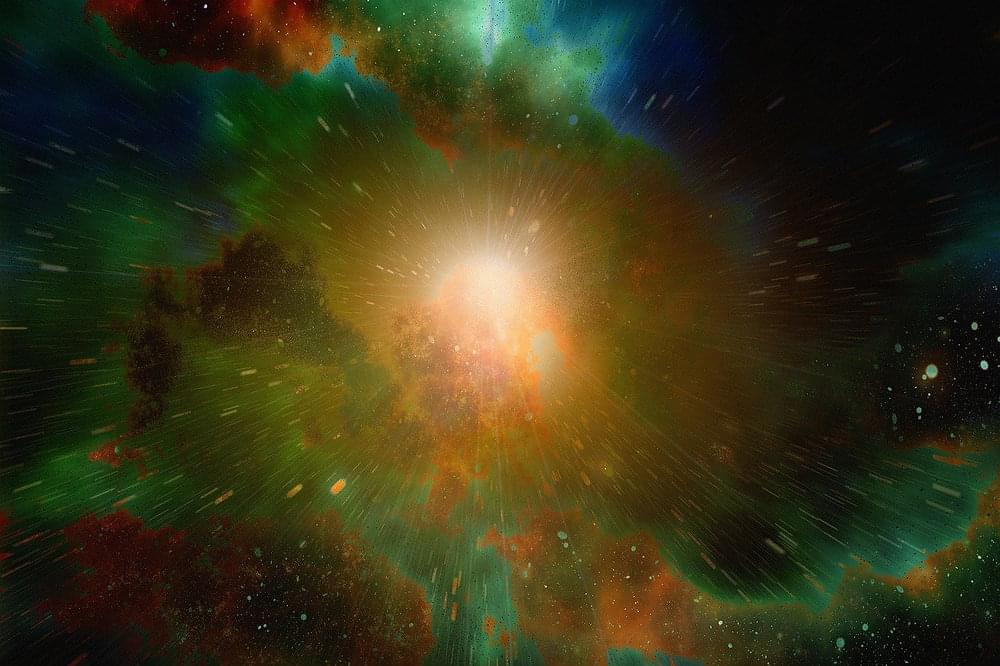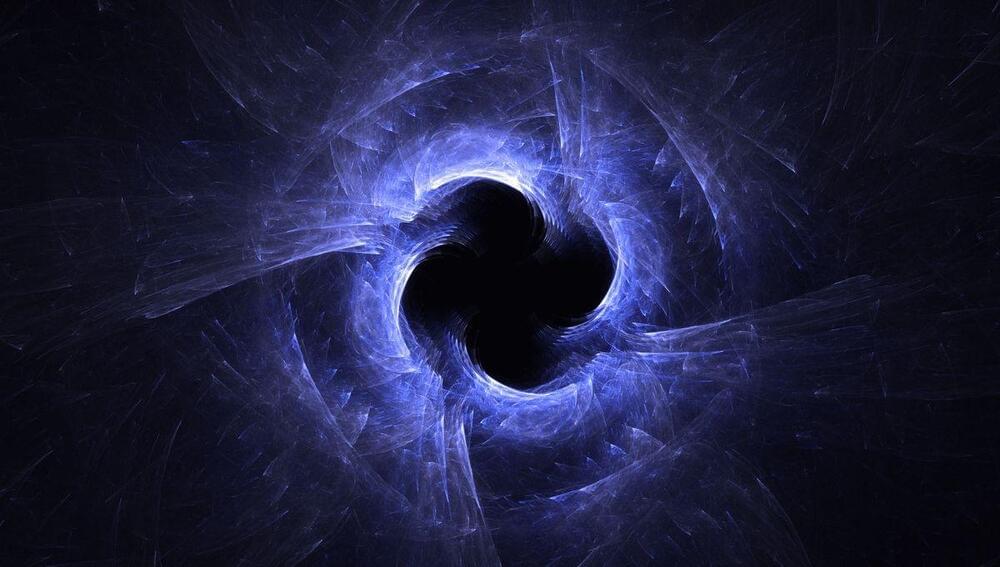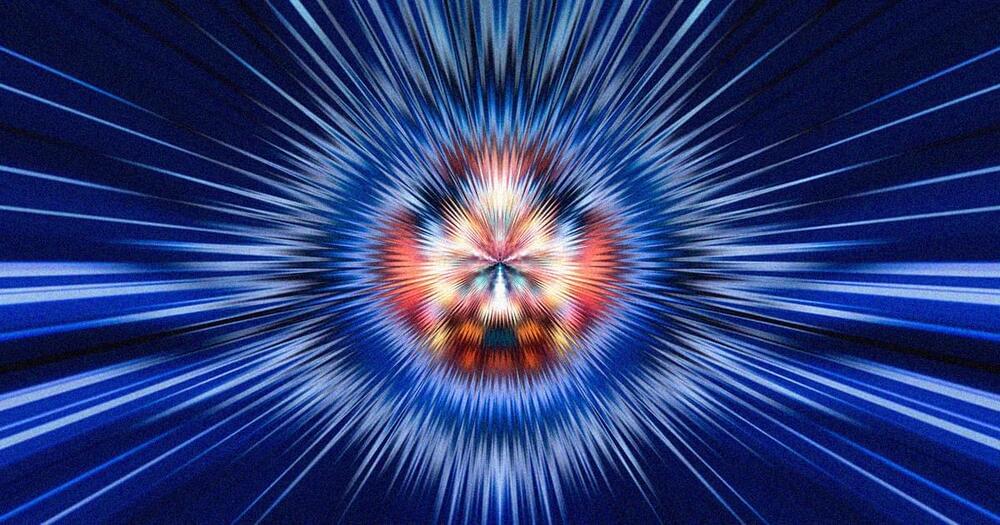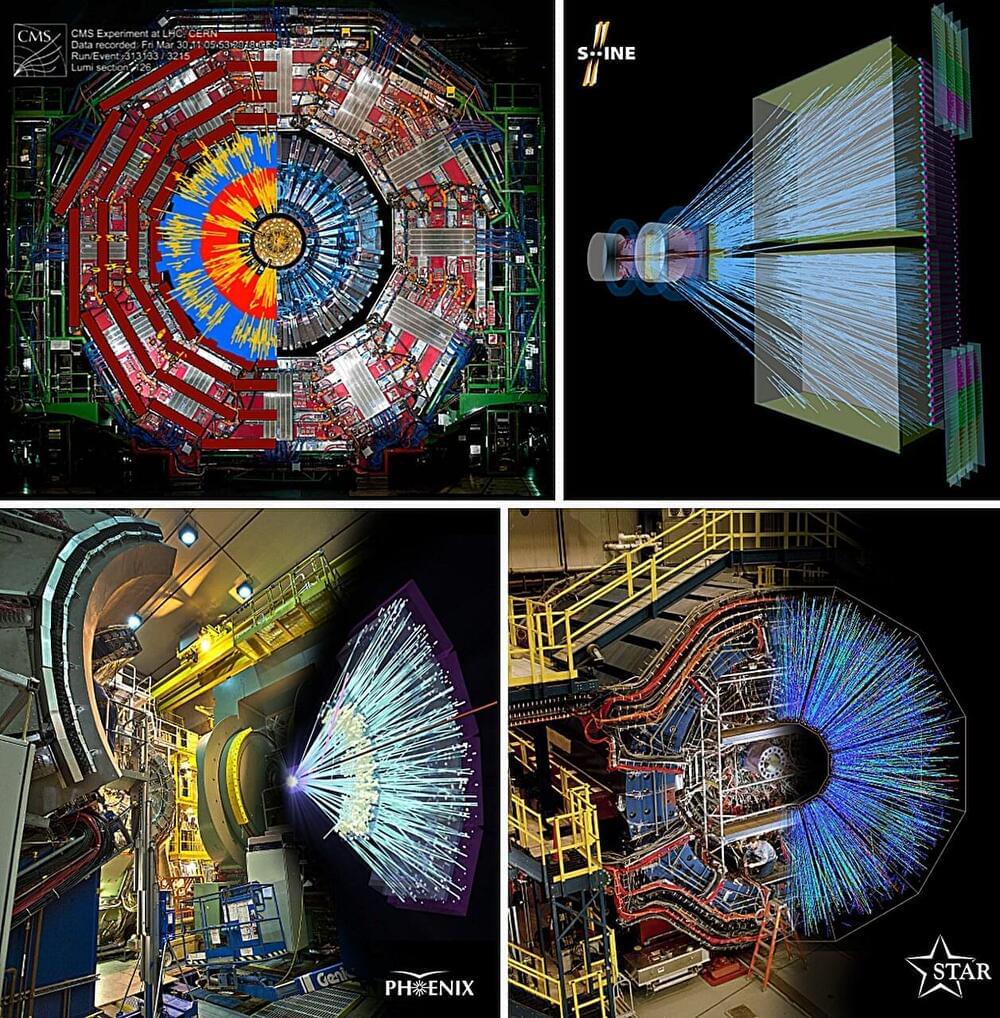What would the outcome be if you took a leap of faith straight into a black hole? We looked to Einstein and Hawking to ponder the scenario.
Say one day you were exploring space looking for a new planet for humans to inhabit, but came across a black hole and decided – why not check it out? Would you have any chance of survival? How would you get out if at all? Would you find a shortcut to another universe? Watch the video to learn about what would happen if you fell into a black hole.

